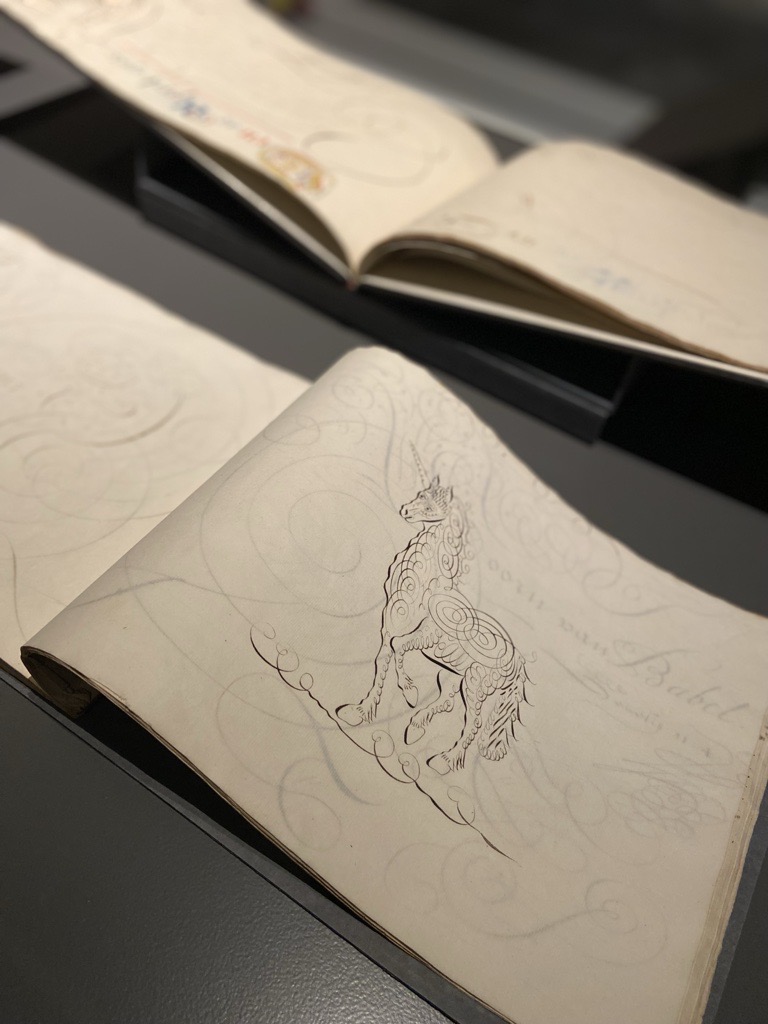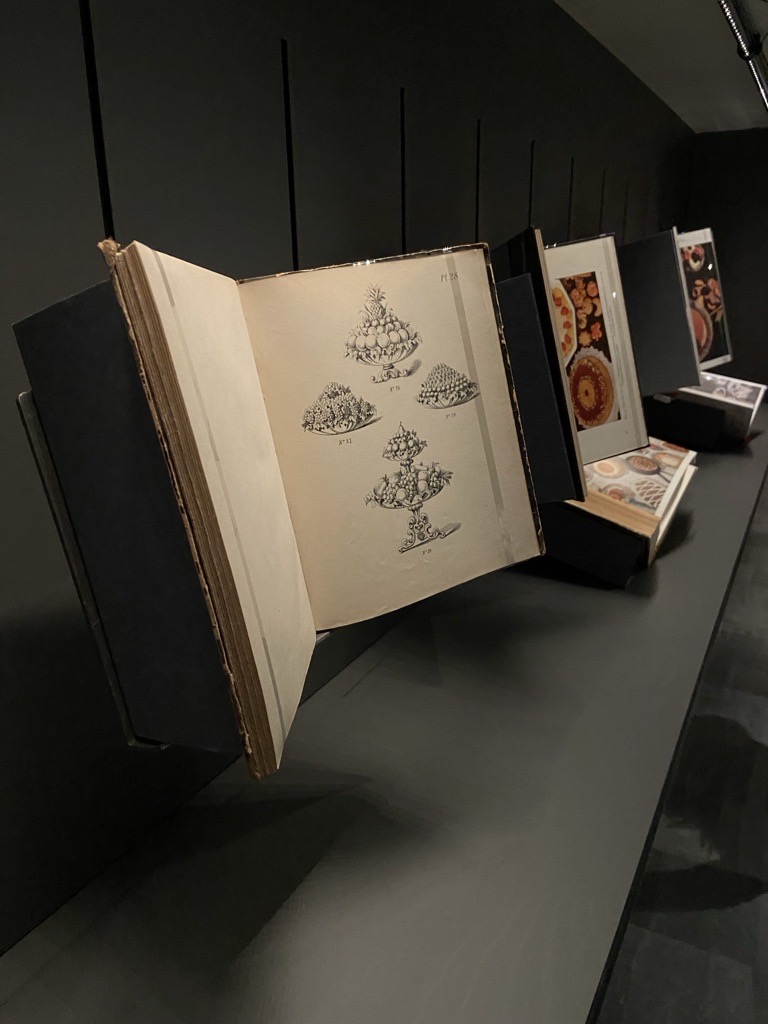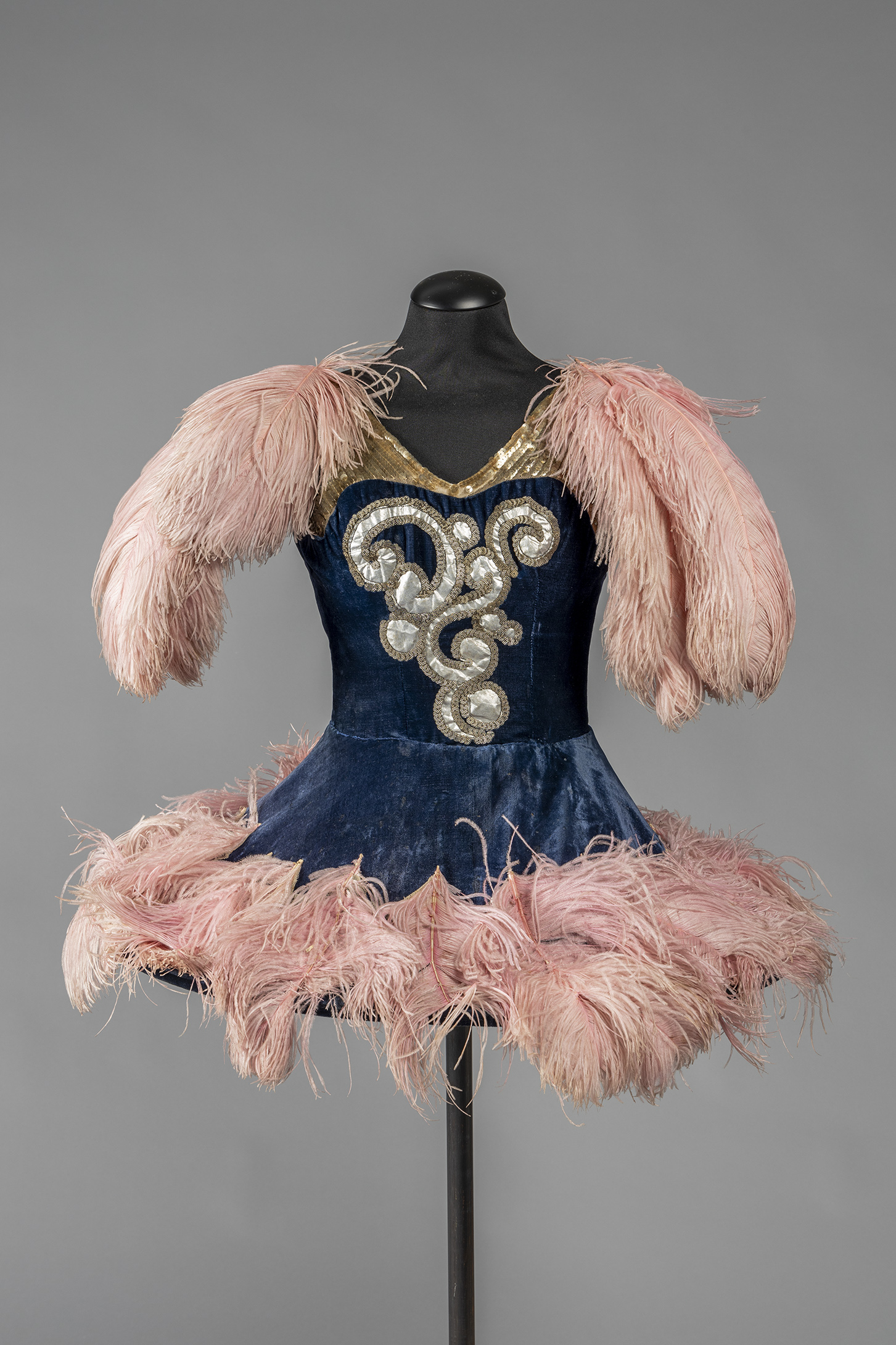Amsterdam creative city
The Allard Pierson manages many collections related to the development of science and creativity in Amsterdam. For these rooms, we choose interesting stories and themes based on our collections, often in collaboration with artists or makers.
Amsterdam creative city shows historical sources that testify to a sense of art and craftsmanship and questions history from the perspective of current events.
Three times a year, new stories are published.
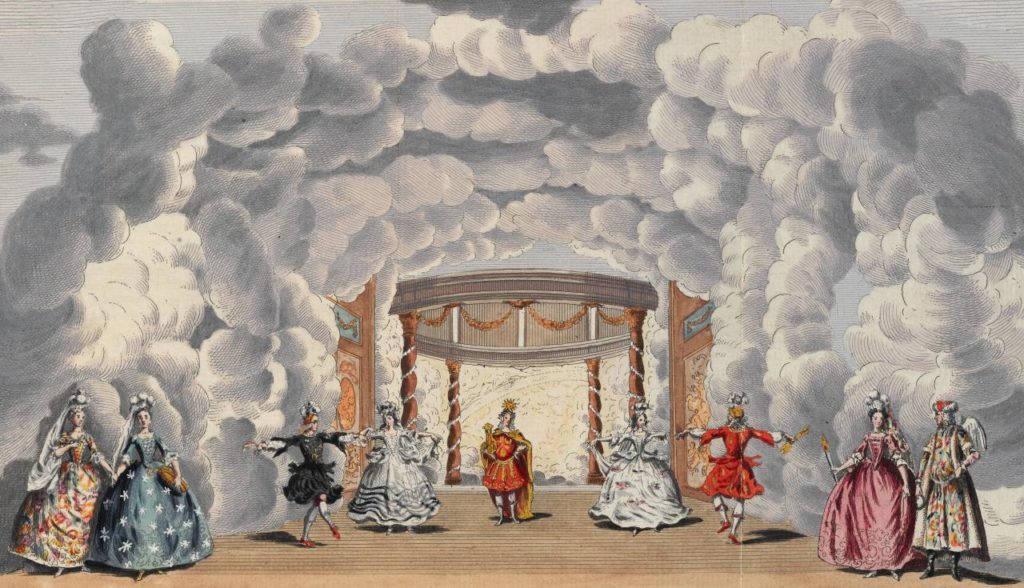
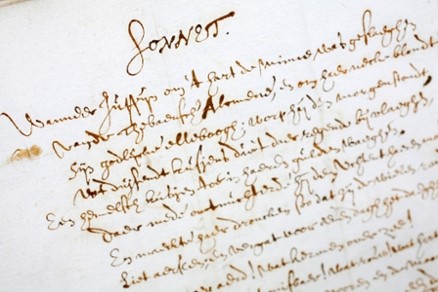
Sonnet by P.C. Hooft

